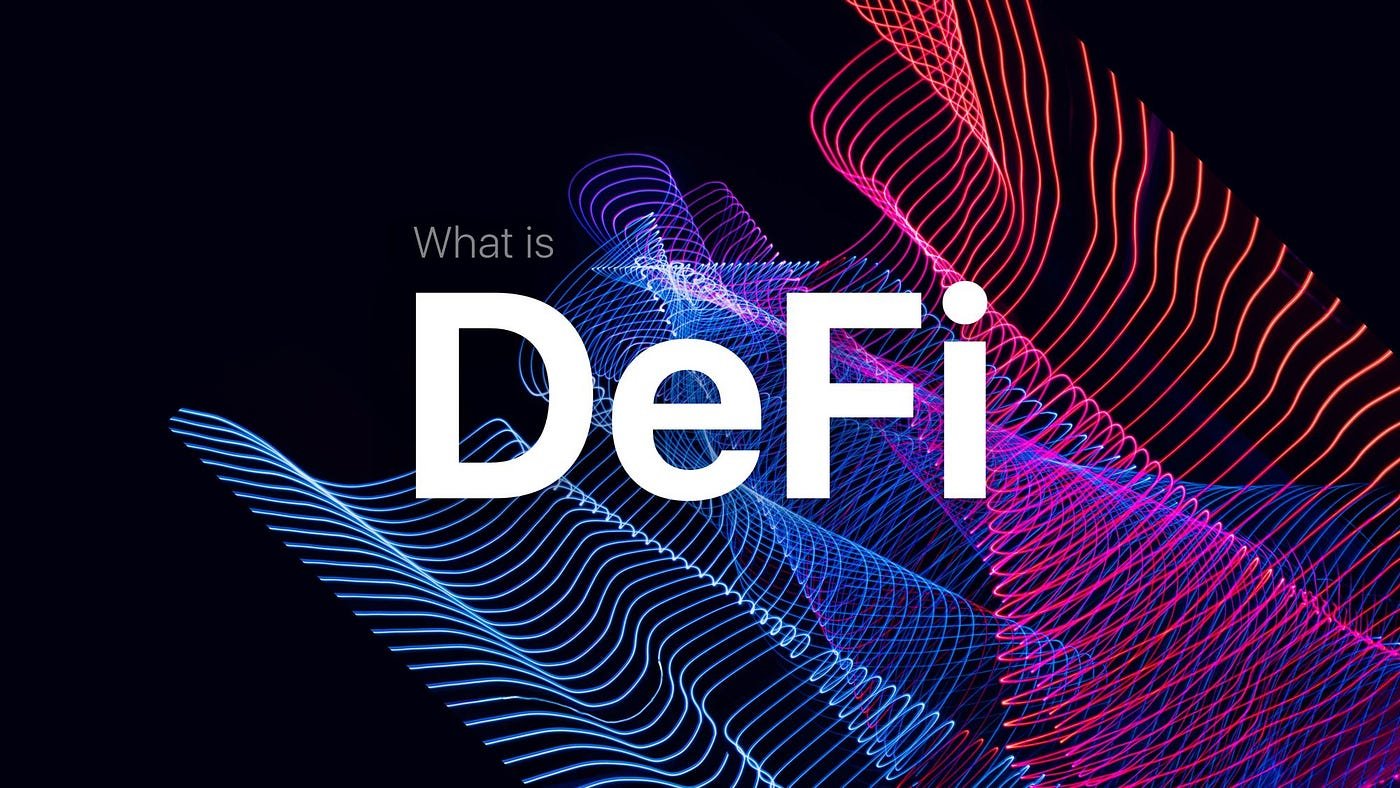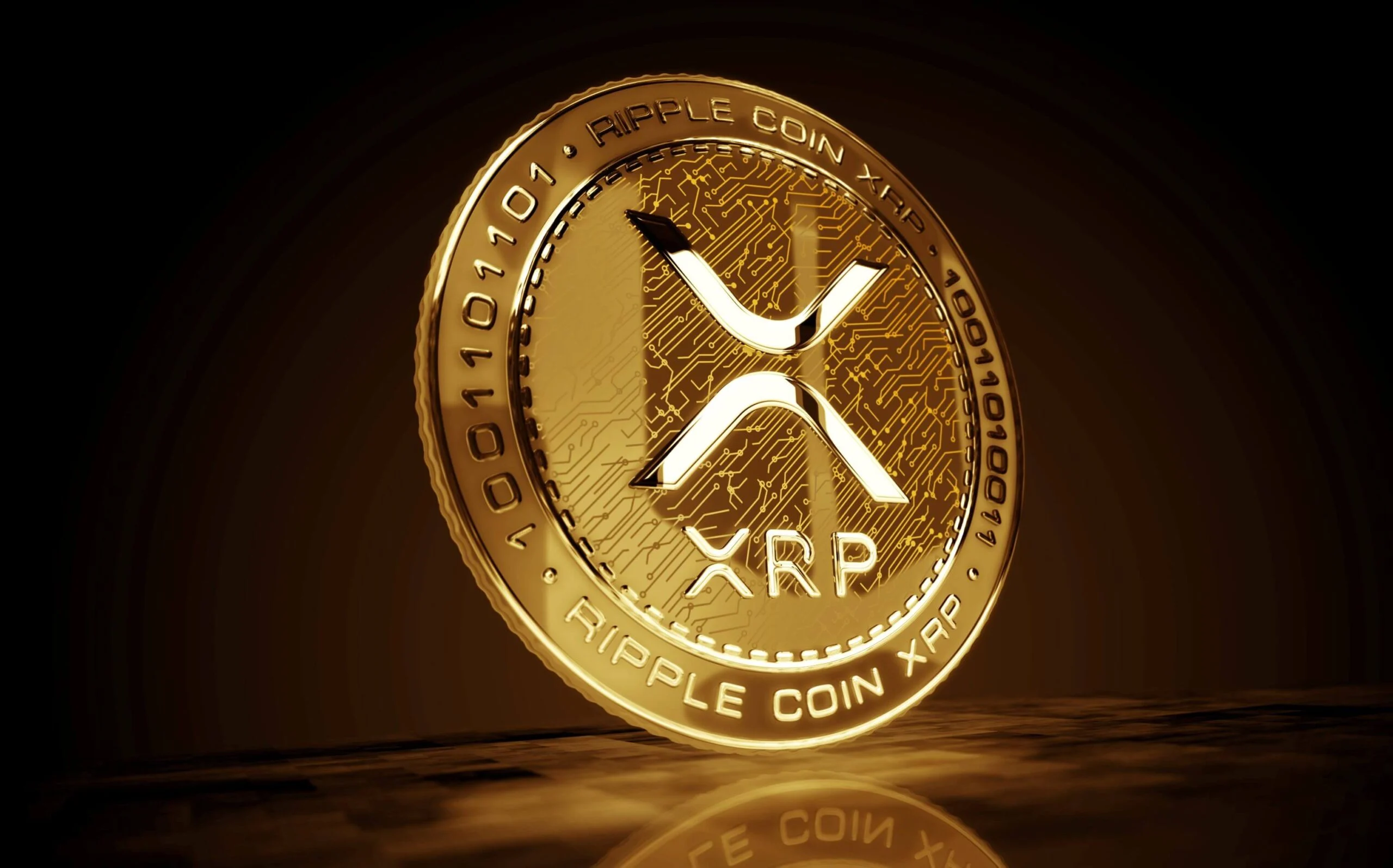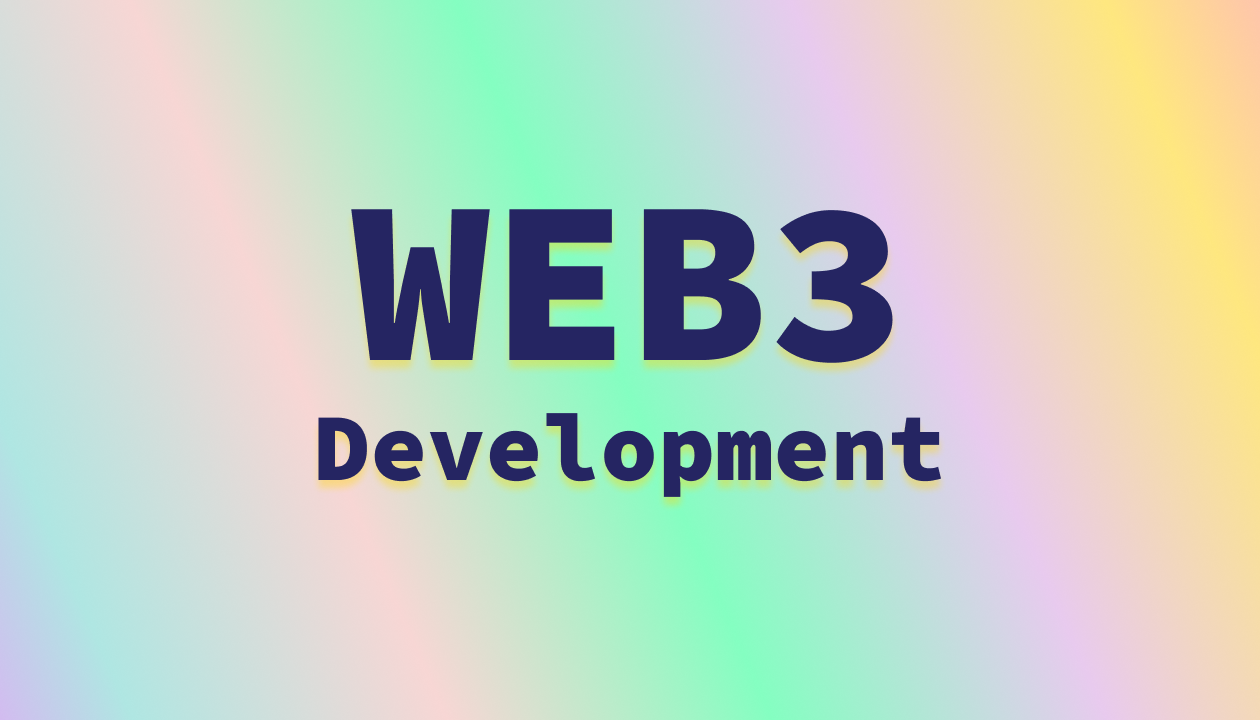DeFi vs. Web3: Key Differences Explained

Understanding the distinction between DeFi and Web3 is crucial for anyone exploring the modern blockchain ecosystem. While closely connected, DeFi (Decentralized Finance) and Web3 represent different layers and scopes of decentralization in digital technology and online finance.
Is DeFi Part of Web3?
Yes, DeFi is a subset within the broader Web3 ecosystem. DeFi leverages blockchain technology to provide permissionless, transparent financial services that go beyond what traditional finance offers. Meanwhile, Web3 refers to the vision of a decentralized internet where users retain full control over their data, digital identity, and assets.
What is Web3?
Web3 marks the third significant wave in internet evolution:
- Web1: The early internet (1990s–early 2000s), mostly static websites, limited interaction, and no online financial infrastructure.
- Web2: Arrival of interactive platforms social media, e-commerce, and apps made possible by centralized systems. While financial transactions became easy, privacy and data ownership concerns grew.
- Web3: Built atop blockchain technology, Web3 is a shift toward decentralization. Here, users regain ownership through decentralized apps (DApps), smart contracts, and cryptocurrencies, reducing reliance on centralized authorities.
Key features of Web3:
- Enhanced privacy and user data ownership
- Integration of blockchain and decentralized storage
- Wide use of digital assets and on-chain identity
What is DeFi?
DeFi, or Decentralized Finance, is a financial system that operates without traditional banks or governmental control. All transactions are peer-to-peer and governed by smart contracts on blockchain networks, enabling:
- Permissionless participation open to everyone
- Transparent and tamper-proof transaction histories
- Direct access to services like lending, staking, and trading via decentralized exchanges (DEXs)
Core Components of the DeFi Ecosystem
- Layer 1 Blockchains: Foundational networks like Ethereum, BNB Smart Chain, Polkadot, and Bitcoin, hosting DeFi protocols and assets.
- Decentralized Exchanges (DEXs): Platforms for asset trading without intermediaries; automated by smart contracts.
- Aggregators and Wallets: Tools (like 1inch, RocketX) for managing assets and accessing cross-platform liquidity.
- Decentralized Marketplaces: Allow peer-to-peer transactions directly, without third-party intervention.
How Does Web3 Benefit DeFi?
Web3 provides the underlying decentralized infrastructure that enables DeFi applications to flourish. This empowers DeFi platforms with:
- Enhanced trust and security, using blockchain’s transparency and immutability
- Greater accessibility as more users opt into decentralized web services and digital payments
- Better scalability to handle growing adoption and new use cases across digital finance
As more users shift from Web2 to Web3, the pool of DeFi participants is expected to expand significantly, fueling the ecosystem’s long-term growth.
DeFi vs. Web3: Head-to-Head Comparison
| Property | DeFi | Web3 |
|---|---|---|
| Scope | Decentralized financial systems and services | Broader decentralized web infrastructure, including DApps, NFTs, DAOs |
| Foundation | Built on smart contract blockchains like Ethereum, BNB Chain | Built across the internet, using blockchain for decentralization |
| Permissionless | Yes open, with no gatekeepers | Yes open participation, but extends beyond finance |
| Decentralization | Financial services without banks or governments | Decentralized control of apps, data, and identities |
| Interoperability | Often interoperable within and across blockchains | Interoperability is a design goal for cross-application access |
| Custody | Usually non-custodial (users keep control of funds) | Can be both non-custodial or custodial, depending on the app |
| Transparency | All transactions are openly visible on blockchain | Operations and records are cryptographically verifiable |
| Governance | Governed by token holders via DAOs, PoS models | Implements decentralized governance and asset tokenization |
What’s the Future of DeFi and Web3?
- DeFi continues to drive innovation with products like stablecoins, yield farming, and decentralized lending platforms, aiming to make financial systems more inclusive and accessible.
- Web3 is poised to redefine the internet itself by prioritizing user privacy, data ownership, and open participation in digital life. The rise of decentralized storage, NFTs, DAOs, and DApps point toward a more open, secure, and equitable internet.
Both DeFi and Web3 will succeed as blockchain technology matures, bringing new levels of security, accessibility, and transparency to internet users worldwide. For both beginners and experienced crypto enthusiasts, understanding these essential differences is key to navigating the next era of digital innovation.






